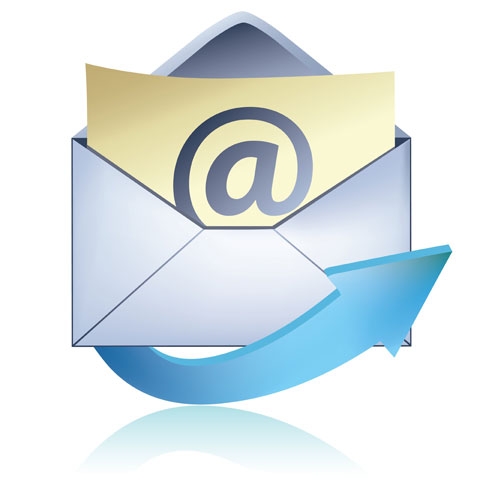Alright, I’ve been unsettled about email routing for awhile now. Here’s my problem with the way I usually see it done. Wait, I’m ahead of myself. First let me explain how I usually run into email routing out there in the contact centers:
The email hits the system, we match the need to the agents skill and then route it to the appropriate agent. At that point, the agent typically creates some sort of artifact in their CRM system such as "create a case" or "generate an order" or a ticket. Usually they reference the email in that artifact. Then they create an email response, hopefully reference or attach it to the artifact. Send it off, and we’re done.
The problem I see is that we have two distinct artifact channels: the case or ticket, and the emails. If we were to create the analogous system with a voice path, then we would have call recordings as artifacts along with the customary artifacts of orders and cases. But that’s not how we typically do it. The persistent interface to our customer interactions is our CRM. If we record the voice calls, then we can certainly attach them to the individual cases and orders, but the actual recordings of the calls are not the actionable artifacts of our trade; the calls are simply the media.
By the same token, email is simply the media. The analogy that I use with email is that it’s like a walkie talkie; it’s a conversation, but not quite real-time, and you have to take turns. So when I think about email routing and queuing, I think we should try to better match the voice/artifact model.
Here’s the story that I think is more compelling than what I typically see:
The email hits the system and we skill it. From there we utilize the external API of the CRM and create the appropriate artifact in that system, and attach the email to it. We hold that same place in the queue. When the next available agent is ready for that email, we actually route that virtual placeholder to the agent and simply pop the case or the order; the email is attached. The agent processes the artifact and updates the customer via email; which also gets attached to the artifact. Now our workflow is faster, more efficient, and more closely resembles the workflow of other media such as voice, and the email remains in the native system, rather than the ACD mail system.
I’d love to hear your comments on this thinking. As I’ve told this story to call center managers, they’ve caught the vision and want to begin to implement it this way. I’ll keep you posted.




